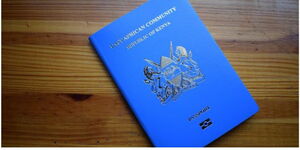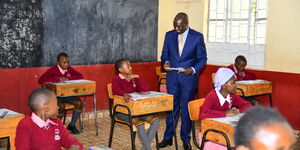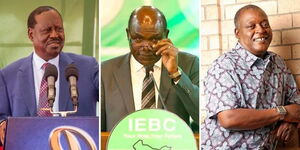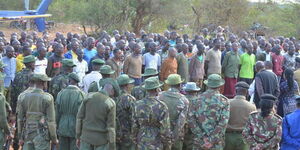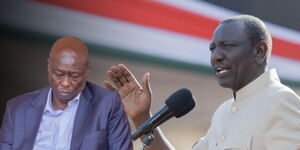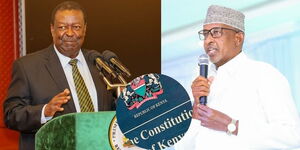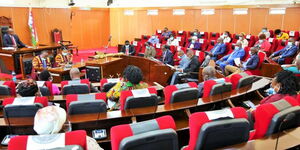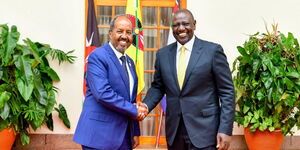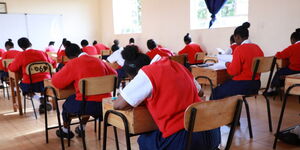South African President Cyril Ramaphosa on Wednesday, August , invited his Kenyan counterpart for diplomatic talks to be held in Pretoria towards the end of 2021.
The courteous gesture was yet another indicator of the fact that Kenya enjoys cordial diplomatic relations with the majority of its neighbours in the African continent.
However, the situation has not always been the same, particularly the relationship between Kenya and South Africa.
Kenyans.co.ke traced the broken relationship to South Africa's fight against the Apartheid regime in the 1970s and 1980s.
When the southern african country got independence in 1994, the relations between the two countries were so poor that two of SA's presidents failed to get off their planes on two separate occasions.
The first incident happened in 1997 when then South African president Nelson Mandela made a short visit to Nairobi. Mandela had been invited by President Daniel Moi to attend Kenyatta Day celebrations.
He landed at JKIA on Sunday, October 19 at night, where the then Minister for Foreign Affairs Kalonzo Musyoka was waiting on the red carpet to receive the statesman.
However, after waiting for a Mandela failed to disembark from the plane and kept Kalonzo waiting. The South African delegation told Kenyan officials that Mandela was asleep after a long journey from Egypt.
The Kenyan government was offended by the incident but made no complaints.
Two years later, lightning struck the same place twice as yet another South African President refused to alight from his aircraft in 1999. Thabo Mbeki remained in his plane as a Kenyan minister waited for him on the red carpet below.
The president's spokesperson emerged from the aircraft apologized for the no-show. He explained that the president was sleeping as he had worked till late on that day.
He also disclosed that Mbeki, who was enroute to Libya for a special summit of the African Union, was only making a refuelling stopover.
The stand-off and frosty relations were linked to African National Congress’ (ANC) belief that Kenya had been too friendly with the old apartheid government.
ANC also faulted Kenya for not being supportive enough of the African liberation struggle.
The Moi government continued to trade with the Apartheid regime in South Africa at a time when most African countries were unanimously boycotting the racist government.
Tanzania, for example, played host to ANC leaders who were fleeing the violence in Apartheid South Africa and the relations between the countries have remained exceptionally strong.
South Africa allows Tanzanian citizens to enter South Africa without a visa unlike their Kenyan counterparts who must have a visa processed even for short stays.



